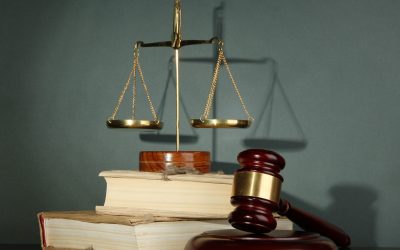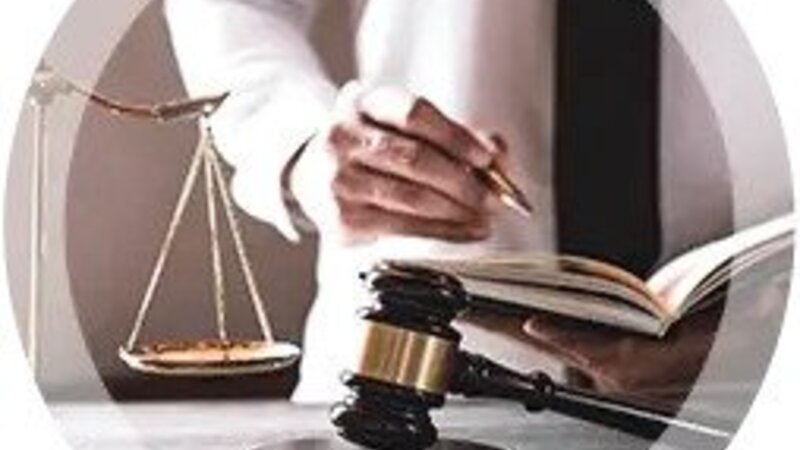Where auto accidents are concerned, every state handles liability differently. Some have no-fault policies, where each driver’s insurer covers their damages. However other states, Tennessee among them, rely on the fault doctrine, where the liable party’s insurer pays damages for both sides. The laws are rather straightforward when liability is clear-cut, but problems arise when parties share fault. Read on to learn how a Personal Injury Attorney in Murfreesboro TN will work through comparative fault issues.
Sharing Liability and Blame
Tennessee law determines who pays what when collisions are caused by more than one party. Such laws include modified comparative negligence, comparative negligence, and contributory negligence. The state follows the doctrine of modified comparative negligence. Here, a person may be up to 50% liable and still be eligible to receive half their damages from the other side. However:
• If a claimant is 51% (or more) responsible, they cannot recover damages.
• The settlement is calculated based on the final assessment of fault percentage. For instance, if a settlement is to be $10,000, but the victim is 40% responsible, they will only receive $6000.
Under Tennessee’s modified comparative negligence system, a person may recover even if their actions contributed to the accident, but only if they’re assigned less than 50% of the blame. Determining the fault percentage is a crucial factor in Tennessee auto accident cases, but a Personal Injury Attorney in Murfreesboro TN can gather evidence to minimize the client’s share of fault.
Determining Negligence
It’s not always easy to determine fault in an auto accident case, but evidence from the police report, proof from the accident scene, and witnesses’ statements will help an attorney accurately assign blame. To determine the other party’s negligence, the lawyer will show that:
• The other person was negligent
• The negligence caused the accident
• The accident caused the victim’s property damage and injuries
An attorney may use such evidence to prove that a victim acted reasonably to protect themselves and their property.
Call to Request a Free Case Evaluation
Every accident is different, and in some cases, parties share the blame. For a thorough evaluation of recovery options, call the Law Office of Gritton & Gritton PLLC today.







